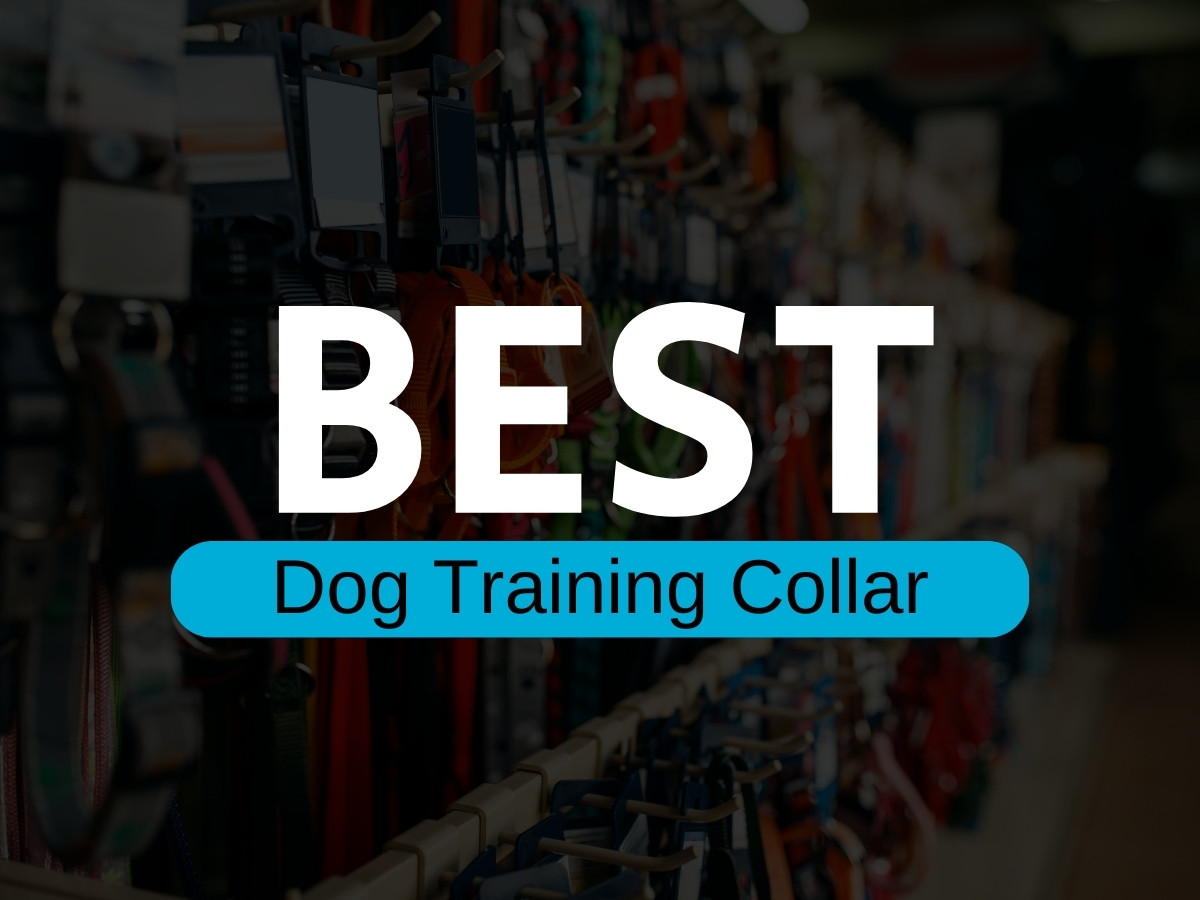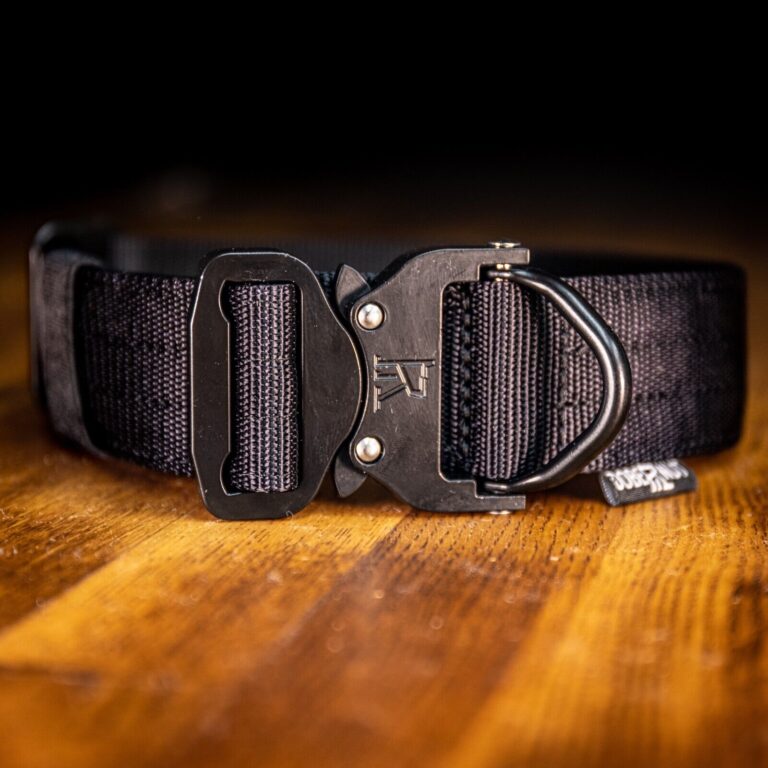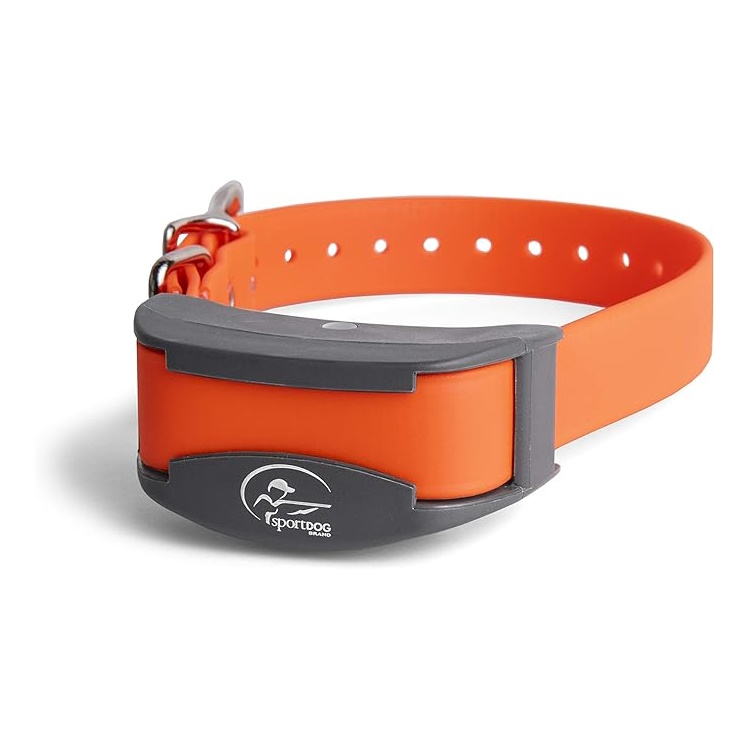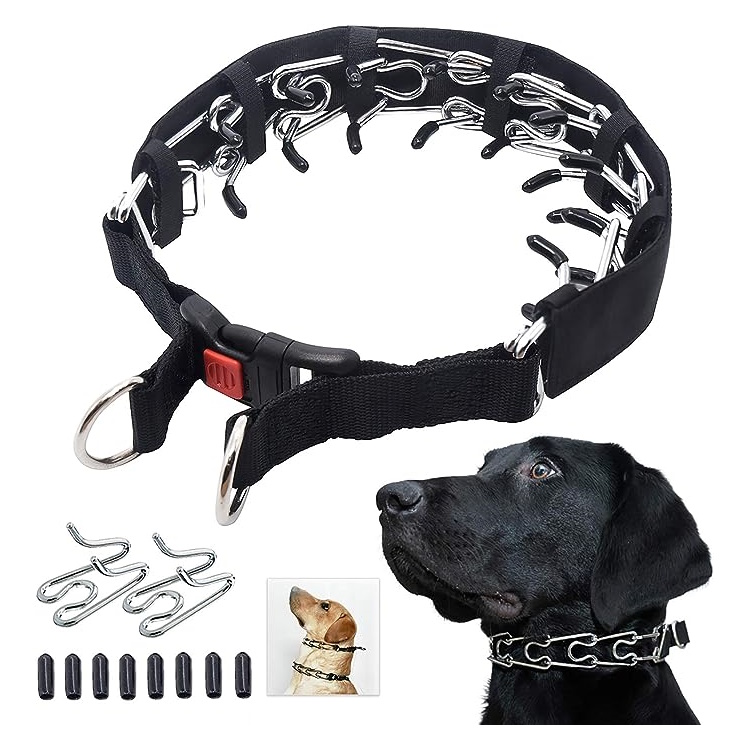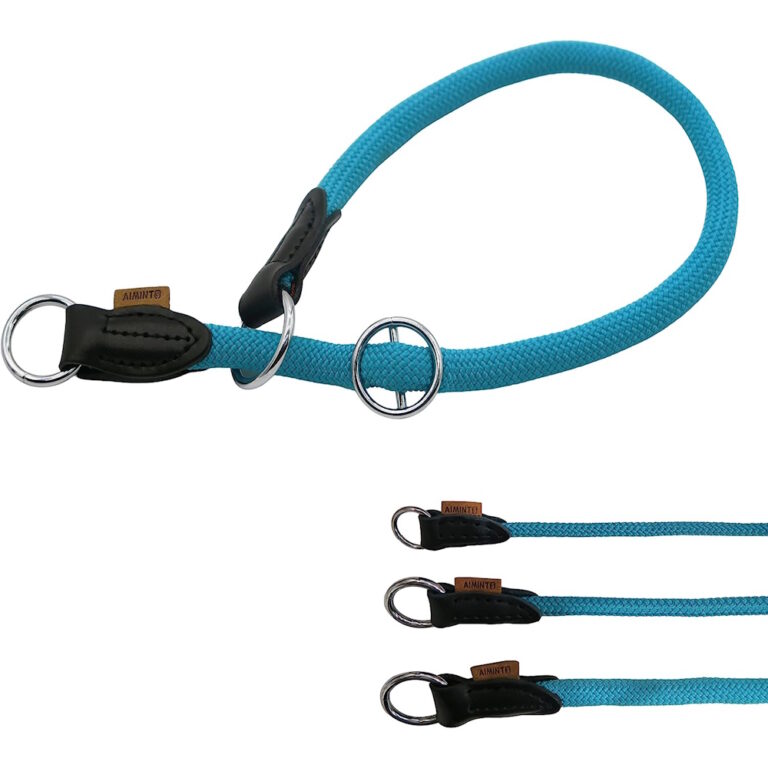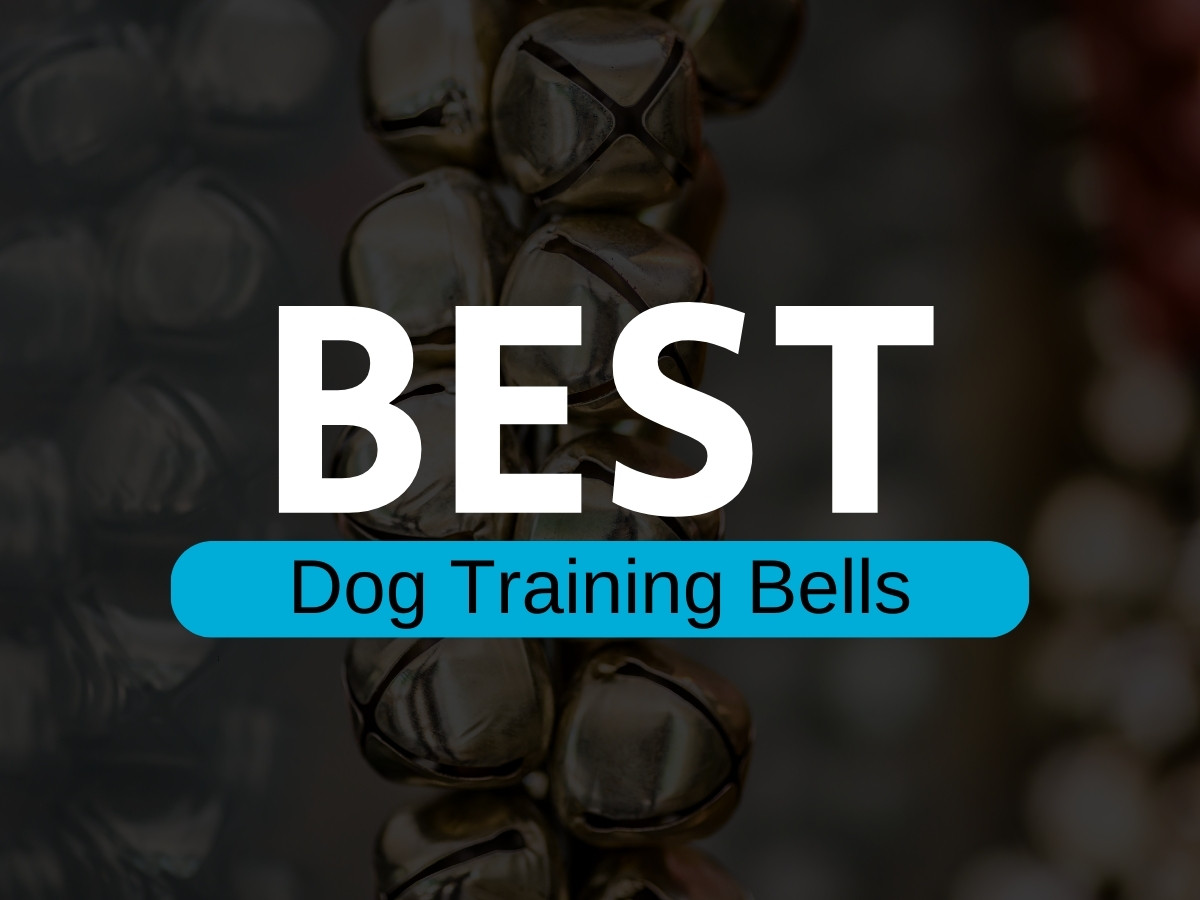For pet owners, the necessity of training is as universal as it is essential. And in the realm of canine companionship, the advent of dog training collars has revolutionized the process, providing a means for consistent and effective communication between you and your four-legged friend. However, when it comes to finding the right training collar for your dog, the options are as varied as the training methods themselves, and the decision can be daunting. This guide is tailored to walk you through the nuances of dog training collars, ensuring that your purchase is as thoughtful as it is beneficial to your training regimen.
6 best dog training collar (My recommended)
Dog Sport Collar 1.5inch 4cm cobra style
SportDOG Brand FieldTrainer collar
DAGANXI Tactical Dog Training Collar
Aiminto Nylon Rope Pro Training Dog Collar
Understanding the Essentials of Dog Training Collars
Before we bark up the right tree of collar selection, it’s vital to grasp the purpose of training collars. These tools offer feedback to your dog, marking behaviors that are desirable or unwanted. The type of collar you choose will depend on various factors, including your dog’s personality, training goals, and your comfort with different training methodologies.
Types of Dog Training Collars
Dog training collars come in various forms, each employing different stimuli to enforce training cues.
the most common types:
✤Static Collars
These use mild to high levels of static electricity to get your dog’s attention. They are generally recommended for stubborn or difficult-to-train dogs.
✤ Vibration Collars
Vibration collars are equipped with a mechanism that delivers a gentle vibration to your dog’s neck, serving as a tactile cue for the desired behavior.
✤ Spray Collars
These emit a citronella or unscented spray when activated, usually by the sound of your dog’s bark, interrupting unwanted behavior without the painful shock of a static collar.
✤ Sound Collars
Using high-pitched tones, these collars are incredibly humane and effective for sensitive or hearing-impaired dogs.
Factors to Weigh When Selecting a Training Collar
When it comes to choosing the right training collar, “fit” extends beyond buckling the right size around your dog’s neck.
Dog Size and Breed
Larger breeds may require more intensity to feel the correction effectively, while smaller dogs can be overcorrected with too much stimuli.
Training Goals
Are you focused on eliminating behaviors or enhancing commands? The answer to this question will guide you toward a suitable collar type.
Comfort and Fit
A collar that digs into the skin or is too loose can undermine your training efforts and cause undue stress to your pet.
Training Methods Compatibility
Be sure your selected collar aligns with your preferred training approach, whether it’s positive reinforcement, remote, or a balanced training technique.
Breaking Down the Pros and Cons of Collar Types
Understanding the merits and demerits of each type is crucial for making an informed decision.
☑ Effectiveness – Some collars are more effective in certain circumstances – a shock collar might be very effective at long distances, for instance, compared to a vibration collar.
☑ Humaneness – Different collars vary in the intensity of feedback they provide. It is your responsibility to ensure the training technique is humane and in the best interest of your dog’s well-being.
☑ Ease of Use – Consider how straightforward it will be for you to apply and adjust the collar as necessary during training sessions.
The Art of Properly Using a Dog Training Collar
Investing in the best dog training collar is not just about the purchase; proper utilization is key to achieving desired outcomes without compromising your dog’s trust.
Training Techniques
The key to any successful training with a training collar lies in ensuring your cues are consistent, and using the collar to complement other positive training techniques.
Safety Guidelines
Understanding the safe and effective use of training collars is essential for your pet’s comfort and well-being. Learn the right ways to fit, use, and adjust the collar to avoid any potential harm or miscommunication.
Conclusion: Mastering the Collar for a Well-Trained Pup
A dog training collar is not a substitute for responsible and empathetic training efforts. Our pets rely on us to be their guides and guardians, and in selecting and utilizing a training collar appropriately, we reinforce the bond and trust that are the foundations of true companionship.
By making a thoughtful and well-informed decision, you are not only enhancing your pet’s behavior but also showing a commitment to their happiness and safety. Remember, the best training collar is one that complements your training approach while prioritizing your dog’s well-being

